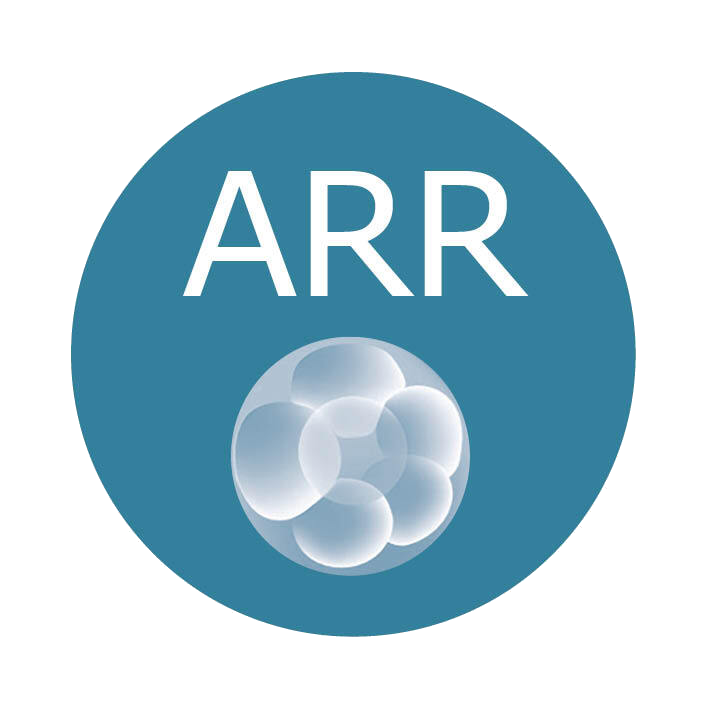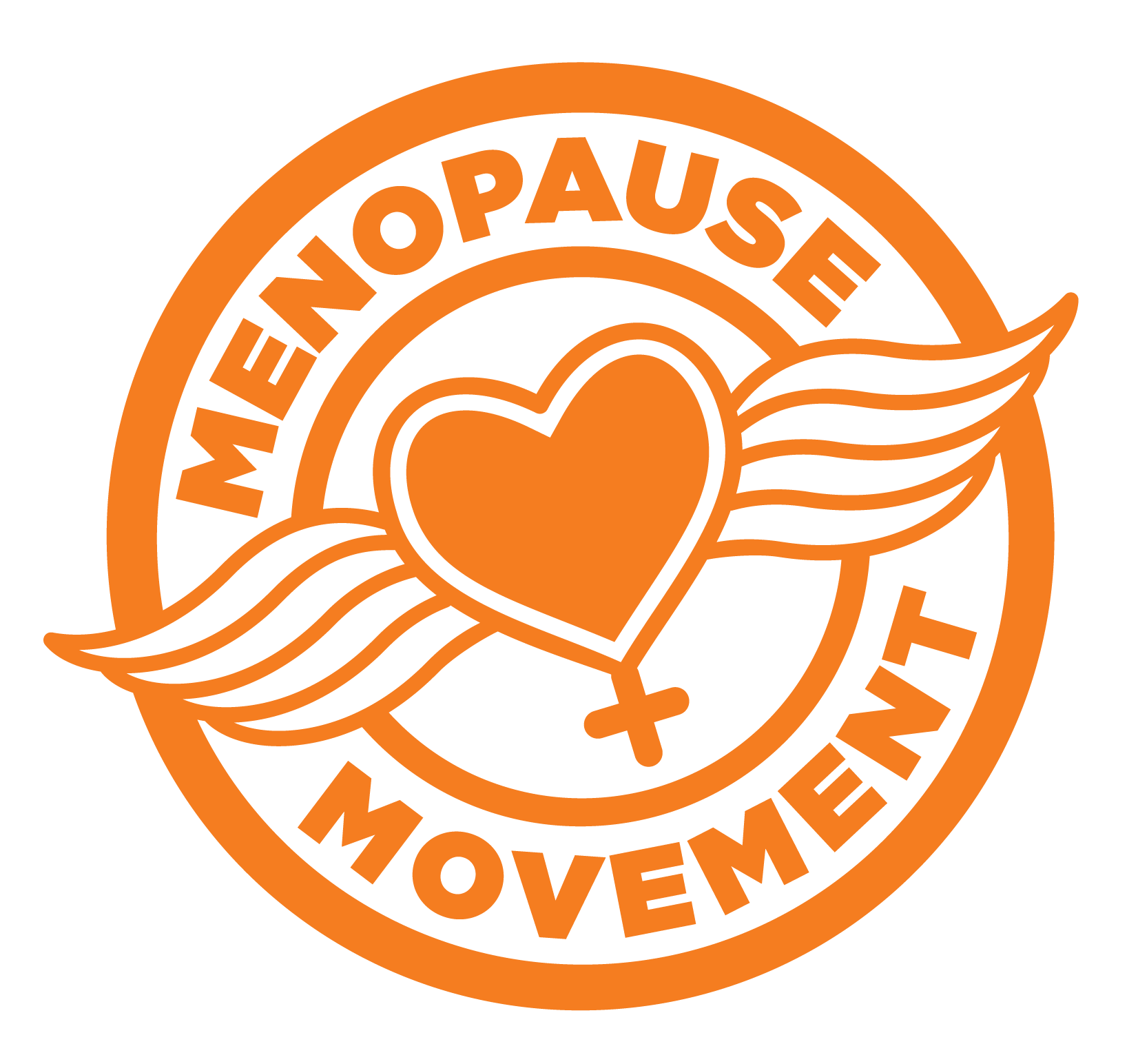Frequently asked questions
Evidence-Based Reflexology
At Reflexology Lincolnshire, we are passionate about offering therapies that are not only deeply relaxing but also supported by scientific research. This page highlights key studies exploring the effects of reflexology on a range of health concerns—from managing pain, nausea, and anxiety to improving sleep, hormone balance, and overall wellbeing. As interest in complementary therapies continues to grow, we remain committed to integrating reflexology with evidence-based understanding to support your individual health journey.
List of Services
-
Foot Reflexology in Cancer Care:List Item 1
A 2021 randomised controlled trial published in the Clinical Journal of Oncology Nursing investigated the effects of foot reflexology on pain and nausea in adult inpatients with cancer. Forty participants received either standard nursing care or nursing care plus a 20–25 minute foot reflexology session.
Key Findings:
Significant reduction in pain was observed in patients who received reflexology compared to those who didn’t.
Nausea levels also improved in the reflexology group, although results were not statistically significant, they were considered clinically relevant.
These findings suggest reflexology may be a valuable supportive therapy for managing pain and possibly nausea during cancer treatment.
Kristen D. Anderson & Marty Downey (2021). Foot Reflexology: An Intervention for Pain and Nausea Among Inpatients With Cancer. CJON 25(5): 539–545.
-
The Effect of Foot Reflexology on Chemotherapy-Induced Nausea and VomitingList Item 2
Citation:
Murat-Ringot et al. (2021). The Effect of Foot Reflexology on Chemotherapy-Induced Nausea and Vomiting in Patients With Digestive or Lung Cancer: Randomized Controlled Trial. JMIR Cancer.
Summary:
This randomised controlled trial, conducted in France between 2018 and 2020, explored whether foot reflexology could reduce chemotherapy-induced nausea and vomiting (CINV) in patients with lung or digestive cancers receiving platinum-based chemotherapy—a type known for causing moderate to severe nausea and vomiting, even with antiemetic medication.
Study Design:
• 80 patients were enrolled and split into two groups: one receiving standard care, and the other receiving standard care plus foot reflexology (30-minute sessions).
• Reflexology was provided during chemotherapy across several cycles.
• Outcomes were measured using a visual analogue scale for nausea/vomiting severity, and patient use of antiemetic medication was also recorded.
Key Findings:
• Patients who received foot reflexology reported significantly lower severity of acute nausea during chemotherapy.
• The reflexology group also had reduced use of antiemetic drugs compared to the control group.
• While results for delayed nausea and vomiting were less clear, there was a trend toward improved symptoms in the reflexology group.
• No adverse effects were reported, supporting the safety and tolerability of reflexology as a complementary therapy.
Conclusion:
Foot reflexology appears to effectively reduce the severity of acute chemotherapy-induced nausea and may reduce reliance on medication for symptom management. The authors suggest that reflexology could be offered in hospitals to meet patients’ increasing desire for nonpharmacological, complementary support during cancer treatment.
-
Foot Reflexology for Uterine Afterpains in Postpartum WomenList Item 3
Citation:
Sharifi et al. (2022). A randomised clinical trial on the effect of foot reflexology performed in the fourth stage of labor on uterine afterpain. BMC Pregnancy and Childbirth.
Summary:
Postpartum uterine afterpains—cramping sensations caused by the uterus contracting back to its pre-pregnancy size—are a common and uncomfortable experience after vaginal delivery. This randomised clinical trial investigated the effectiveness of foot reflexology as a non-pharmacological approach to relieve afterpains in multiparous women during the fourth stage of labour (the first few hours after birth).
Study Design:
• 80 women who had given birth vaginally were randomly assigned to either a reflexology or control group.
• Both groups received general foot massage for 10 minutes on each foot.
• The reflexology group also received specific stimulation on uterine, pituitary, and solar plexus reflex points, while the control group received massage on a neutral point.
• Pain was measured every hour for four hours after delivery using a visual analogue scale.
Key Findings:
• Reflexology did not significantly reduce pain in the first or second hour after birth.
• However, by the third and fourth hours, the reflexology group experienced significantly lower afterpain scores (P < 0.001).
• Overall, the total pain score across the 4-hour period was significantly lower in those who received reflexology.
Conclusion:
Foot reflexology applied in the immediate postpartum period may help reduce uterine afterpains in women following natural childbirth. This study supports reflexology as a safe, complementary therapy for managing discomfort in the early stages of recovery from labour.
-
Can Foot Reflexology Help with Sleep Disturbances? A Meta-Analysis of 42 Clinical TrialsList Item 4
Citation:
Huang et al. (2020). Can foot reflexology be a complementary therapy for sleep disturbances? Evidence appraisal through a meta-analysis of randomized controlled trials. Journal of Advanced Nursing.
Summary:
This systematic review and meta-analysis examined the effectiveness of foot reflexology as a complementary therapy for improving sleep quality in adults with sleep disturbances. Drawing from a large pool of data, the review aimed to quantify the overall impact of reflexology on sleep outcomes.
Study Design:
• A total of 42 randomised controlled trials were included, with a combined sample size of 3,928 participants aged 18 and over.
• Studies were sourced from both English and Chinese databases, and assessed for quality, consistency, and validity by two independent reviewers.
• Common assessment tools included the Pittsburgh Sleep Quality Index (PSQI), a widely used measure of sleep quality.
Key Findings:
• Foot reflexology significantly improved sleep quality scores compared to control groups.
o Hedges' g = -1.37 (indicating a strong positive effect).
• Participants who received foot reflexology were 75% less likely to report ongoing sleep problems than those who did not (pooled odds ratio = 0.25).
• The solar plexus and heart reflex points were identified as particularly helpful for promoting better sleep.
Conclusion:
This large-scale evidence review strongly supports foot reflexology as an effective, non-invasive complementary therapy for adults experiencing sleep disturbances. Regular sessions may improve both sleep quality and overall wellbeing, making reflexology a valuable option for clients struggling with sleep issues.


